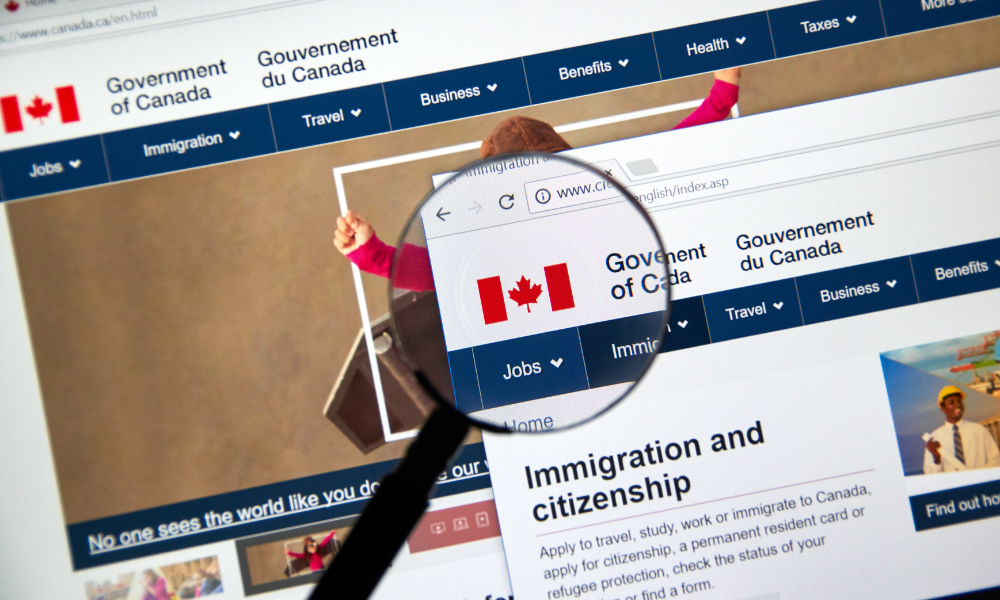
'We will struggle to maintain a strong workforce without robust immigration'

Ottawa’s latest cuts to immigration “have many small business owners' heads spinning,” according to Dan Kelly, president of the Canadian Federation of Independent Business (CFIB).
“The dramatic cut to permanent immigration levels too is troubling for Canada's employers.”
While the unemployment rate has ticked up in recent months, there are still 379,000 persistent vacancies in the private sector, he said.
“And while we are experiencing housing pressures right now, any look at Canada's demographics reveals we will struggle to maintain a strong workforce without robust immigration.”
These decisions from government “hold huge implications” for employers, said Kelly, along with Canadian workers and permanent immigrants and temporary workers.
Ottawa has announced the 2025–2027 Immigration Levels Plan which “will pause population growth in the short term to achieve well-managed, sustainable growth in the long term”.
Compared to last year’s plan, the new plan is:
“Today’s announcement is the next step in our plan to address the evolving immigration needs of our country. While it’s clear our economy needs newcomers, we see the pressures facing our country, and we must adapt our policies accordingly,” said Marc Miller, minister of immigration, refugees and citizenship. “These changes will make immigration work for our country so that everyone has access to the quality jobs, homes and supports they need to thrive. We have listened to Canadians, and we will continue to protect the integrity of our system and grow our population responsibly.”
Since Sept. 26, the federal government has refused to process Labour Market Impact Assessments (LMIAs) in the low-wage stream of the TFW program in census metropolitan areas with an unemployment rate of 6% or higher.
The plan – along with reduced targets across multiple immigration streams over the next two years, expected temporary resident outflows resulting from the 5% target, natural population loss and other factors – is expected to result in a marginal population decline of 0.2% in both 2025 and 2026, before returning to a population growth of 0.8% in 2027, according to the government.
Given temporary resident reduction measures announced in September and this past year, Canada’s temporary population will decrease over the next few years as significantly more temporary residents will transition to being permanent residents or leave Canada compared to new ones arriving, said the government.
Specifically, compared to each previous year, we will see Canada’s temporary population decline by 445,901 in 2025, and by 445,662 in 2026. It will then increase by 17,439 in 2027
Canada’s population has grown in recent years, reaching 41 million in April 2024. Immigration accounted for almost 98% of this growth in 2023, 60% of which can be attributed to temporary residents.
Ottawa had previously said that it is putting more limits on employers’ use of the Temporary Foreign Worker (TFW) Program.
Other measures under 2025–2027 Immigration Levels Plan
Other measures from the 2025–2027 Immigration Levels Plan include the following:
In September, the federal government announced it is further reducing the number of people it welcomes into Canada by reducing its intake cap on international student study permits for the next two years. By 2025, the government will issue 437,000 international student study permits, down 10% from the 2024 target of 485,000 new study permits issued.
With the changes, "Canada is saying they are putting Canadians first in terms of who they want Canadian businesses to give jobs to,” said immigration lawyer Alicia Backman-Beharry, in a CBC report.
“They want Canadians first for housing and social services. And that means immigrants who aren't able to meet the cuts in this highly competitive atmosphere are going to lose out."9999